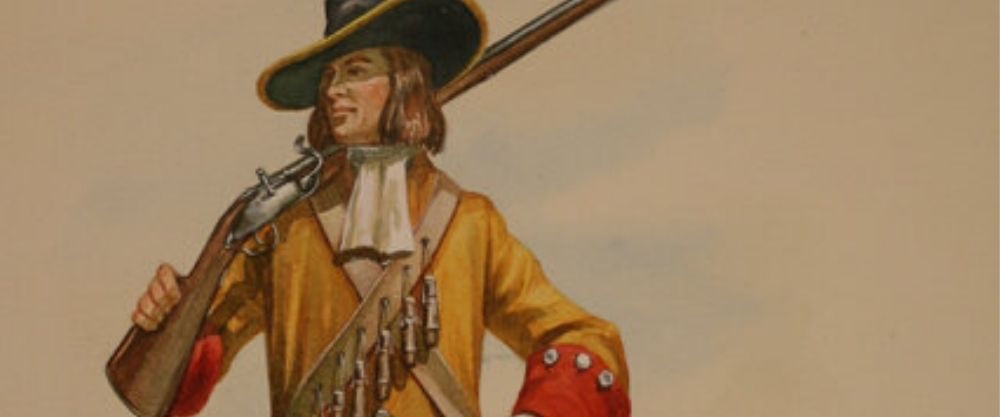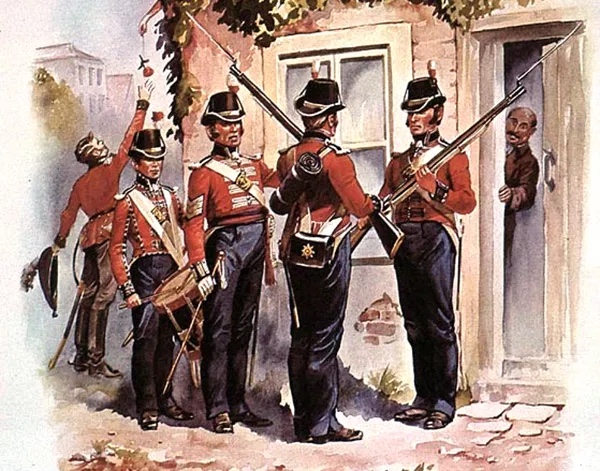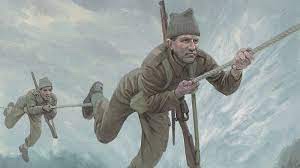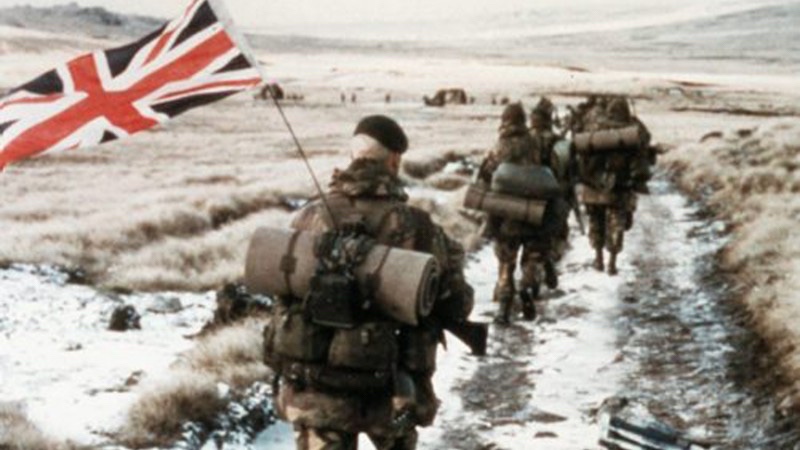The Royal Marines are a maritime-focused, amphibious light infantry unit that can deploy on short notice to support the United Kingdom Government’s military and diplomatic objectives worldwide. They are designed for highly maneuverable operational situations. The Corps provides lead element expertise for the NATO Northern Flank and are optimized for high altitude operations as the United Kingdom Armed Forces’ specialists in cold-weather combat.

The Royal Marines were formed to serve as the infantry of the Royal Navy. On 28 October 1664, the first unit of what would become the Royal Marines was formed. The Duke of York and Albany’s Maritime Regiment of Foot was renamed the Admiral’s Regiment after the Duke of York and Albany’s Maritime Regiment of Foot was disbanded. In 1672, the title ‘Marines’ first appeared in records. The Marine Regiments were then disbanded and re-established whenever the United Kingdom’s overseas colonies were threatened. His Majesty’s Marine Forces were established in 1755 and placed under Admiralty authority at Chatham, Plymouth, and Portsmouth. For many years after that, the Marines were connected with these communities. They were given the title Royal Marines by George III in 1802. The Royal Marines engaged in the ill-fated Gallipoli landings during World War One. The Royal Marines fought in several battles on the Western Front. During the conflict, the Royal Marines were awarded five Victoria Crosses.

The Royal Marines fought against the Chinese in the two opium wars, the Crimean War and the Boxer Rebellion in China during the Napoleonic Wars and the War of 1812. The Royal Marines engaged in the ill-fated Gallipoli landings during World War One. The Royal Marines fought in a number of battles on the Western Front. During the conflict, the Royal Marines were awarded five Victoria Crosses. The Royal Marines’ artillery and infantry units were combined in 1923 to become the Corps of Royal Marines. During World War II, the commando role so closely identified with the Royal Marines was developed. The Royal Marines commando groups that had fought in Norway, North Africa, and Dieppe were combined with the Army commandos. In 1943, the Special Service Brigade was formed, and the overall command structure was designated as the Special Service Brigade. During WWII, there were four Special Service Brigades, and the Royal Marines served in each of them. During the conflict, nine Royal Marines Commandos units were formed, ranging from 40 to 48 men.

During WWII, these commando battalions took part in numerous wars, including Italy, D-Day, and Antwerp.

During World War II, the Royal Marines received one Victoria Cross. The Army Commandos were abolished in 1946, leaving the commando function to the Royal Marines. The Royal Marines served in the Korean War, Malaya, Suez in 1956, Northern Ireland, and the Falklands War in 1982 after 1945. Together with the Parachute Regiment, the Royal Marines were regarded as the Task Force’s spearhead in the effort to expel Argentine soldiers from the Falkland Islands. The Royal Marines fought at Mount Kent, Mount Harriet, and Two Sisters before ‘yomping’ into Port Stanley after San Carlos Bay. In the Falklands, the Special Boat Service (SBS) played a major, if more hidden, role, successfully attacking a key Argentinean stronghold at Fanning Head, which overlooked San Carlos Bay. Since the Falklands War, the Royal Marines have served in the Balkans, Sierra Leone, East Timor, Afghanistan, and Iraq.
SCUBAPRO Sunday is a weekly feature focusing on maritime equipment, operations and history.


Marines is not an original english word.
The Spanish Navy Marines (Infantería de Marina) are the oldest existing marine force in the world, as they were established on February 27, 1537, by Charles I when he permanently assigned the Compañías Viejas del Mar de Nápoles (Naples Sea Old Companies) to the Escuadras de Galeras del Mediterráneo (Mediterranean Galley Squadrons). Their red trouser stripes mark the Infanteria de Marina as part of the Royal Household Corps, and were given by Charles III to the marines in reward for their fierce defence of the Castillo del Morro of Havana, Cuba in 1762.
The US Navy was impressed by spanish Marines in anti-piracy campaigns in the Mediterranean, and adopted their role, and even their uniform.
And the Yuan Dynasty used marine infantry against Japan 300 years before that.
The ancient Romans deployed legionnaires aboard their galleys and even added drawbridges to them to storm enemy ships.
There’s a very interesting series of videos on YouTube about a bunch of RM recruits going thru training… I didn’t watch them in order, so I don’t know where this first one I just found occurs in the sequence: https://www.youtube.com/watch?v=l209YKHfzog
Thanks to the above people for adding to this history lesson !!